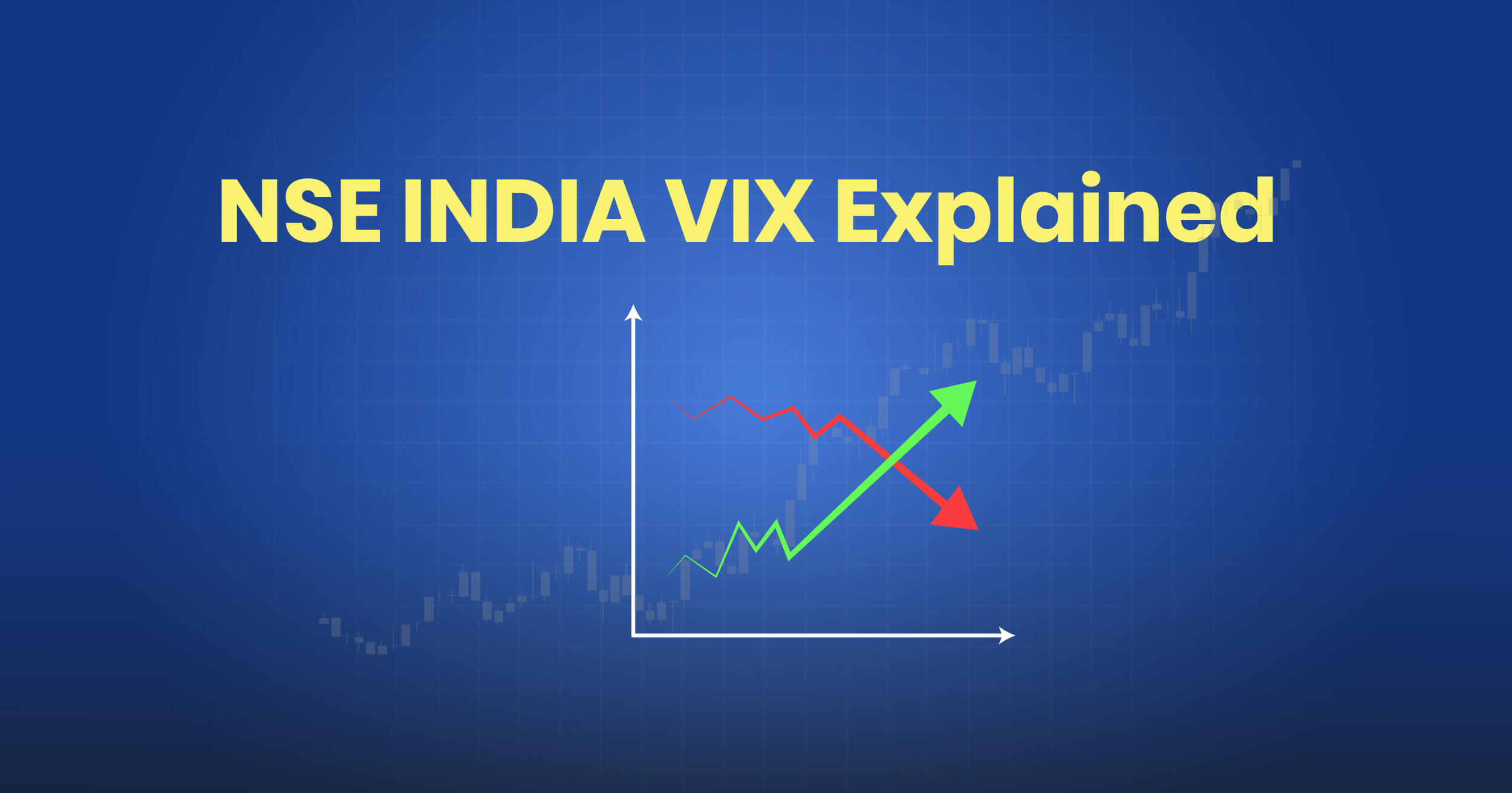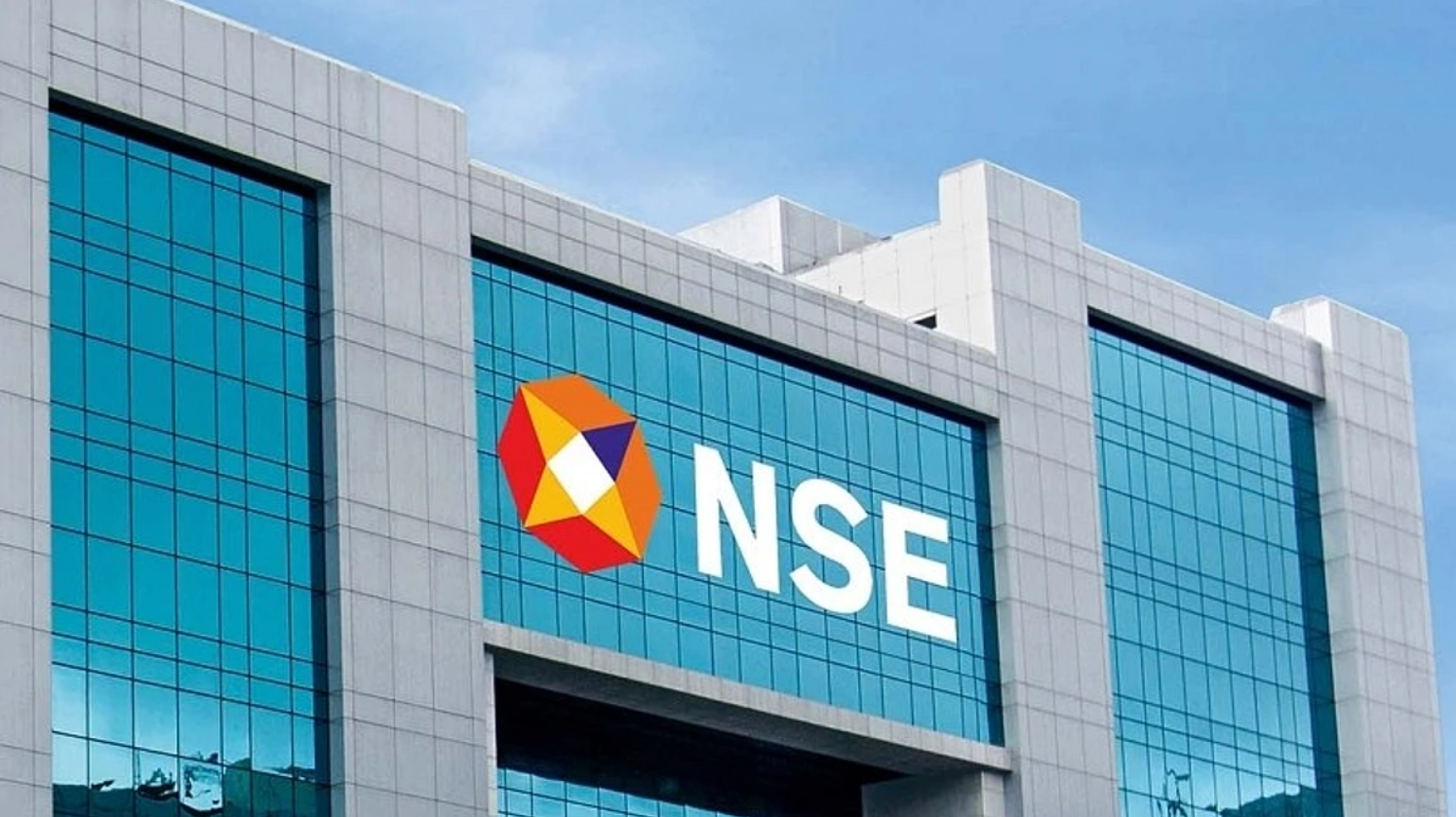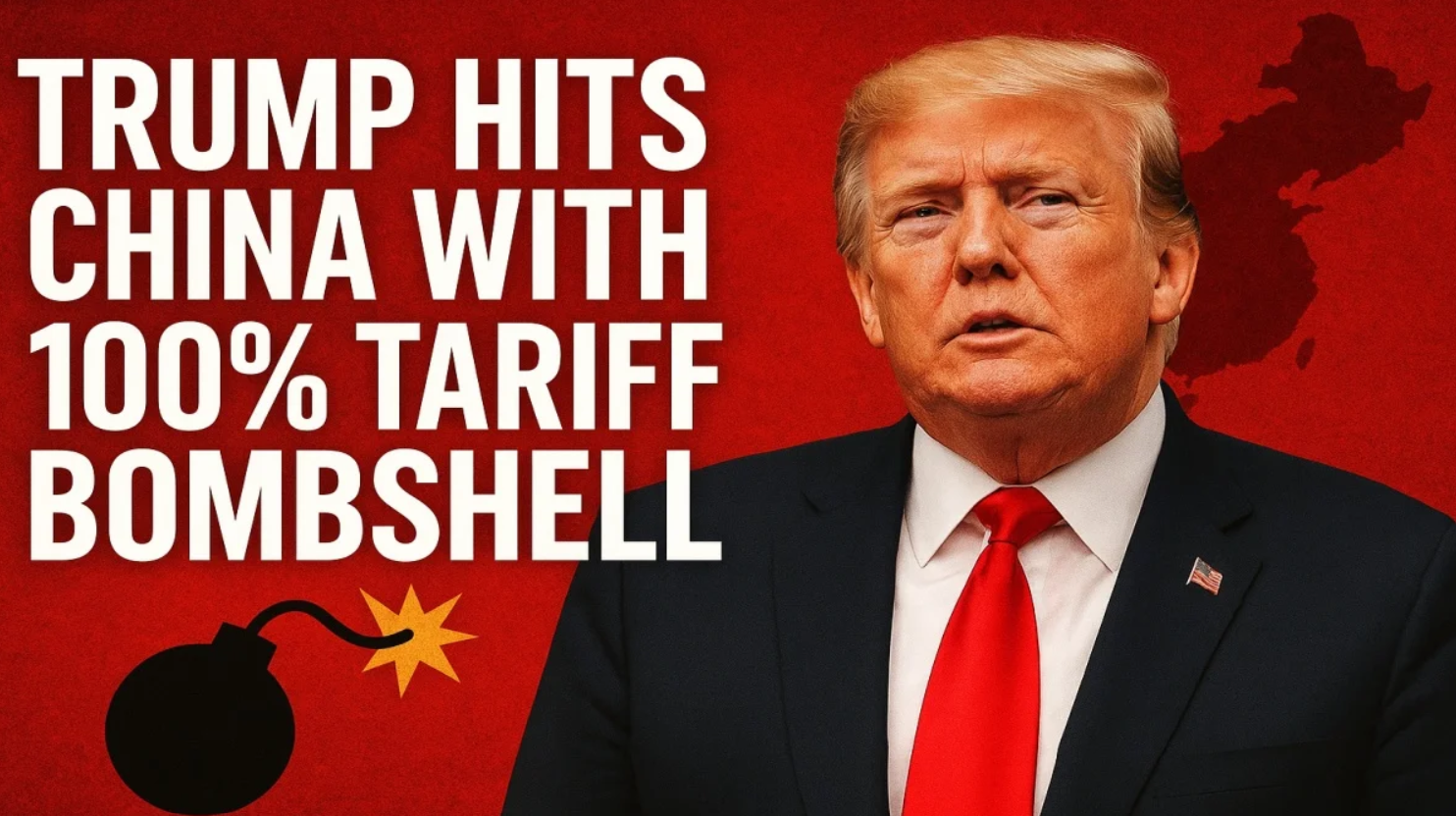The National Stock Exchange is once again exploring the idea of introducing futures contracts linked to India’s volatility index, India VIX. This instrument had earlier made a brief appearance in Indian markets but was discontinued in twenty eighteen due to low interest and weak volumes. Now, with the NSE aiming to diversify its derivatives offerings, the product is being reevaluated though it may face an uphill battle to gain investor attention.

According to Sriram Krishnan, the Chief Business Development Officer at NSE, the exchange is continuously seeking feedback from stakeholders to enhance its derivatives portfolio. One such suggestion has been to relaunch VIX futures, which could potentially offer traders a useful tool for hedging against unexpected market swings. Krishnan noted that the exchange may consider its reintroduction at a suitable time, depending on broader market feedback.
Some market participants are cautiously optimistic. Prakarsh Gagdani, CEO of Torus Digital and former head of 5Paisa, believes that VIX futures could provide a valuable hedge for traders during periods of heightened uncertainty. Volatility futures are a common feature in developed markets, particularly in the United States where the Chicago Board Options Exchange’s VIX futures are widely traded and often spike in response to equity downturns.
However, there are multiple challenges that could limit the success of the product in the Indian context. Historically, India VIX has not demonstrated a strong inverse relationship with benchmark indices such as the Nifty and Sensex. As a result, its movement is more muted and typically restricted to a narrow range. Analysts point out that barring major events like the Union Budget, India VIX remains largely stagnant.
Another concern lies in the structural design of the contract itself. When the product was first launched, it had a relatively large lot size, which made it expensive for retail traders and even for many institutional participants. High contract value requires higher margins, which can discourage active participation, especially in a country where risk appetite and volatility tolerance are still evolving.

Option pricing in India also plays a role in the limited utility of VIX futures. According to Deepak Jasani, an independent equity research analyst, options in India are often priced with fine granularity. Unless the underlying market shows substantial volatility, these contracts tend to exhibit minimal movement. Jasani remarked that in such cases, VIX ends up being more reactive than predictive, likening it to the tail wagging the dog.
An analysis by Capitalmind, a financial blog, had previously highlighted other reasons for the earlier failure of VIX futures. The short expiry cycle, typically limited to three weeks, meant that traders had too little time to position themselves for meaningful volatility moves. With limited durations, the impact of time decay or Theta outweighs the impact of changes in volatility, also known as Vega. In contrast, exchanges like the CBOE offer contracts with much longer timeframes, allowing traders to ride out short-term noise and benefit from directional bets on market volatility.
Given these constraints, experts remain divided on whether a relaunch of VIX futures can achieve critical mass. For the product to succeed this time, the NSE may need to rethink its structure, contract size, expiry windows, and margin requirements. Creating better education and awareness among traders about how to use VIX futures effectively could also be key to ensuring the product does not fall flat once again.
While the vision of aligning Indian derivatives markets with global best practices is commendable, execution will be everything. Without widespread participation and structural improvements, the revival of India VIX futures may struggle to break past its earlier limitations.
For deeper insights on market trends, trading strategies, and investment tools, follow You Finance on Instagram and Facebook.















